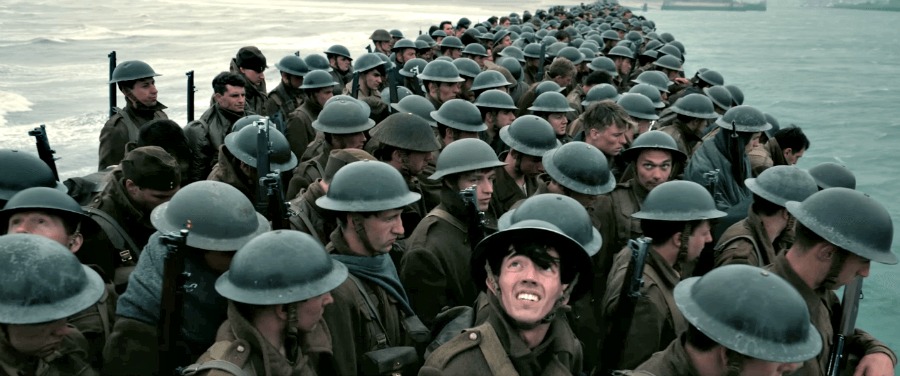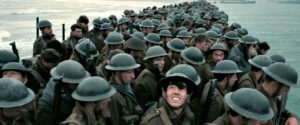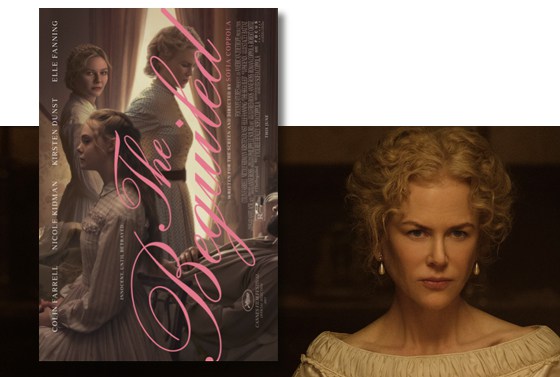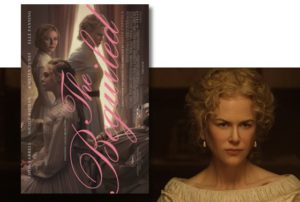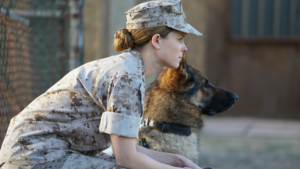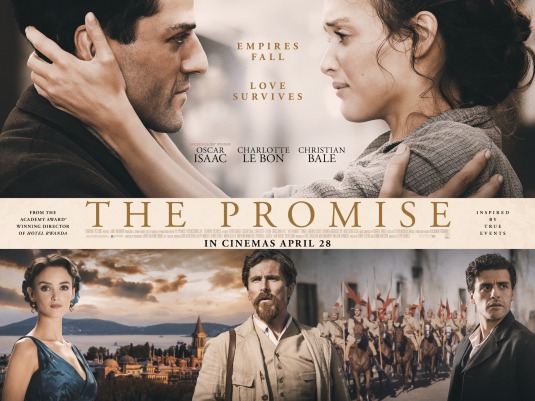Thank You For Your Service
Posted on October 26, 2017 at 5:35 pm
B| Lowest Recommended Age: | Mature High Schooler |
| MPAA Rating: | Rated R for violence, language and some sexuality |
| Profanity: | Very strong language |
| Alcohol/ Drugs: | Drinking, drugs and drug abuse |
| Violence/ Scariness: | Intense and graphic wartime violence, suicide |
| Diversity Issues: | None |
| Date Released to Theaters: | October 27, 2017 |
| Date Released to DVD: | January 22, 2018 |
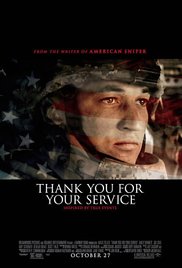
“Thank You for Your Service,” based on the book by David Finkel about returning servicemen and their feelings of dislocation when they try to adjust to civilian life, is so decent, respectful, sincere, and, most of all, so vitally needed that it is difficult to evaluate it as a movie. It follows in the tradition of one of the best American movies of all time, The Best Years of Our Lives, which won nine Oscars, including Best Picture, Best Director, Best Screenplay, Best Score, Best Actor, and Best Supporting Actor Oscars. Like that film, “Thank You for Your Service” follows three servicemen, one disabled by injuries and one not sure how to rejoin the civilian workforce when his last job before the military was as a teenager. But this movie is not nearly as optimistic.
Miles Teller plays Adam Schumann, who tells us in the movie’s first scene that he was a good soldier and he was proud of what he did. He was responsible for his squad and he was responsible for spotting improvised explosive devices, which he looked for under every scrap of trash in the road and learned to feel by instinct. This hyper-alertness to danger served him well in the military, but it was difficult to turn off, especially because some of his experiences left him with intense survivor guilt and post-traumatic stress. He comes home to a loving, wise, strong, and supportive wife (Haley Bennett as Saskia), who tells him that she can handle anything he has to tell her except not telling her anything about his experience. He barely knows his children, at first almost forgetting the baby who was born while he was away. He has no idea how to get a job other than the one he had before his service. But he assures Saskia that everything is “perfect.”
Solo (Beulah Koale) is struggling with a traumatic brain injury that has impaired his memory and cognitive function. He wants to stay in the military because being a part of his team was a major part of his identity, but they do not want him. That’s “Whale Rider’s” Keisha Castle-Hughes as his wife.
And there’s Will Wall (Joe Cole), excited about coming home to marry his fiancee. “No bachelor party,” he tells Adam and Solo. His girl does not approve. But it turns out that she has left him. He is devastated.
The movie’s most wrenching scene comes when the characters are finally willing to admit that they need help and they go to the VA, only to find soul-destroying bureaucracy and endless waits, up to 12 weeks to even see someone who can begin to treat them. The returning soldiers are given pills instead of support. While some people at the VA are sympathetic but overloaded, there are also those like one former commanding officer who tells Adam to buck up so that he does not affect the morale of the others. Real help comes from a phone number passed along by the survivor of a soldier who did not get any support, and from an act of selflessness from one of the vets that is one of the most effective ways to show himself that even at home, he can still serve.
Parents should know that this movie includes intense and graphic wartime violence, characters severely injured and killed, disturbing images, suicide, drinking, drugs, drug dealing, very strong language with crude epithets, and sexual references and situations.
Family discussion: What is the best way to honor the service of returning military? Why was it hard for the soldiers to talk about their experiences?
If you like this, try: “The Best Years of Our Lives,” “Captain Newman M.D.” and the book and its predecessor by David Finkel

